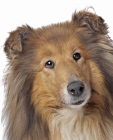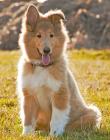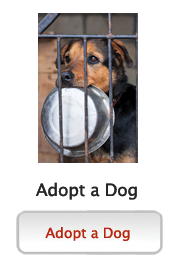Rough Collie
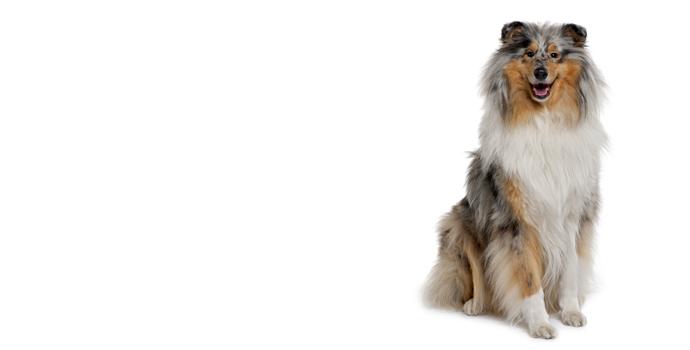
In my own words
One of the most famous of my breed was called Lassie who travelled for hundreds of miles to get back home to her owner. Now that’s what I call dedication! How amazing was that? I wouldn’t want to do that myself though, I much prefer being in the warm with my family but I’d do the same if I had to!
I may look pretty regal and even Queen Victoria has owned a Rough Collie but actually I’m really friendly! I love people. I even get on well with little children. They’re so cute and fun to play with. Don’t you agree? Are the children coming out of school soon? I can’t wait to see them! Maybe we can go out for walkies too!
My ideal owner(s)
Families
Singles
Retirees
Town or country folk
People who like country pursuits
What they say about me
Elegant and graceful
Loyal
Gentle
Adaptable
Please read on, to find out more about me, and whether I will be someone you can be happy with for the next 12 years, or even longer!
Is this Rough Collie for you?
Test your knowledge about the Rough Collie
Information essential about the Rough Collie
Kennel Club Group:
Pastoral
Size:
Large: Weight Male 45 – 75 lb (20 – 34 kg) Female 35 – 65 lb (15.8 – 29 kg)
Height Male 22 – 26” (55.8 – 66 cm) Female 21 – 26” (50.8 – 61 cm)
Popularity:
This breed became something of a fashion item when Queen Victoria acquired a Rough Collie after seeing one at Balmoral Castle.
Breed History:
Originating in the 1800s, it is now well known through the works of author Albert Payson Terhune, and through the Lassie novel, movies, and television shows. There is also a smooth coated variety; some breed organisations, including both the American and the Canadian Kennel Clubs, consider the smooth-coat and rough-coat dogs to be variations of the same breed. Both the Rough and Smooth Collies are descended from a variety of herding dog originating in Scotland and Wales. The Scottish variety was large, strong and aggressive, bred to herd highland sheep while the Welsh variety was small, nimble, domesticated and friendly, herding goats. These two varieties were seen at the Birmingham Market and then interbred with English sheepdogs to produce a mixture of short and long haired varieties. After the industrial revolution, dog ownership became fashionable, and these early collies were believed to have been crossed with the Borzoi (Russian Wolfhound) to get a more "noble" head, which is today one of the true characteristics of the Rough Collie.
Continued breeding for show purposes drastically changed the appearance of the dogs; in the 1960s, it was a much taller and sturdier dog than it is today. In the UK the Rough Collie is no longer used for serious herding, having been replaced by the Border Collie. Though in the United States and a number of European countries, there has been a resurgence in the use of the Collie as a working and performance dog. The Collie Club of America is one of the oldest breed-specific clubs in existence in the United States (founded in 1886). The Collie Club in England dates from 1881.
Character:
The Rough Collie is a happy and affectionate dog. They bond well with their families and make particularly good companions for children due to their gentle disposition and readiness to play. They make good household companions and are obedient and wilful. This breed is self assured, sweet and trustworthy with an even and well-mannered temperament. They are regularly seen in homes with other animals and children as they are very passive and gentle. This breed has a tendency to nip as ankles as a pup due to its herding background but most grow out of this stage.
Temperament:
This breed should show no nervousness or aggression and are generally good with other children and animals but they must be well socialised to prevent shyness. They are medium to large sized dogs but can be well suited to live in small apartments because of their calm disposition. They relish human company and generally fare poorly as outdoor dogs.
Conformation:
The Rough Collie has a blunter face than the smaller but otherwise very similar Shetland Sheepdog which is partly descended from the Rough Collie. The planes of the muzzle and the top of the skull should be parallel in collies, with a slight but distinct stop. (In shelties, the planes are not parallel.) One of the characteristic features of the Rough Collie is its head. This is light in relation to the rest of the body, and resembles a blunted wedge tapering smoothly from ears to black nose, with a distinct stop and parallel head planes. The muzzle is well rounded, and never square. There is considerable variation in the colour of the head, however. The eyes are medium sized and almond shaped. The ears are supposed to be semi-prick, with the upper third folded over. Ears which do not 'tip' properly are fairly common, and many collies have their ears taped as puppies (using medical adhesive or paper tape) to encourage them to lay properly- no cutting or surgery is involved. They are similar to a Shetland Sheepdog's, but larger.
Coat:
The coat is double layered and the downy undercoat is covered by a long, dense, coarse outer coat with a notable ruff around the neck, feathers about the legs, a petticoat on the abdomen, and a frill on the hindquarters.
Colour:
Three coat colours are recognised for Rough Collies: sable and white, where the "sable" ranges from pale tan to a mahogany; tricolour, which is primarily black edged in tan; blue merle, which is mottled gray. All have white coat areas, in the collar, parts of the leg, and usually the tail tip. Some may have white blazes on their faces.
Training:
The Rough Collie is very intelligent and easy to train. They are wilful and require a gentle hand to avoid shyness and refusal to co-operate with its owner. This breed is classed as one of the easiest to train breed in the world.
Care:
The rough variety does not require as much grooming as the smooth. Short and stiff coat requires brushing weekly. Smooth variety requires daily brushing to remove any excess hair, and to keep hair from becoming matted. Monthly baths are recommended as their long coat traps dirt. The Collie is a heavy shedder given the season. Shaving collies is very bad for their skin and some do not regrow any significant amount of hair after being shaved. Spaying and neutering can alter coat texture, making it softer and more prone to matting.
Health:
The lifespan of a healthy individual is between 12 and 15 years. If you buy from a reputable, responsible breeder, health problems should not occur. While Rough Collies are generally resilient and healthy, there are some health problems that can affect the breed such as skin complaints, eye problems and oral problems. This breed is prone to suffer Collie Eye Anomaly (CEA) and also Progressive Retinal Atrophy (PRA). Screening tests as a puppy can help to check for these ailments. Note: the UK Kennel Club "Accredited Breeder Scheme" requires eye tests and recommends the genetic test for this class of members. This breed can also suffer from Canine cyclic neutropenia a blood disorder and hip dysplasia. They can be sensitive to Ivermectin and related drugs and screening can determine if alternative medication is required.
Exercise:
This breed does well in a medium sized yard and can do well in an apartment if given sufficient exercise. It is not recommended that this breed is left outdoors for long periods of time in hot weather and need plenty of shade and access to fresh water. This breed competes in dog agility trials, obedience, showmanship, flyball, tracking and herding events. Herding instincts and trainability can be measured at noncompetitive herding tests. Rough Collies exhibiting basic herding instincts can be trained to compete in herding trials. The breed has also been known to work as search and rescue dogs, therapy dogs and guide dogs for the blind.
You may also like:
Rough Collies looking for a home in UK »

If you like Rough Collies, you may be interested in breeds of the same size »
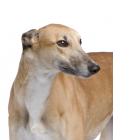
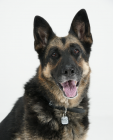

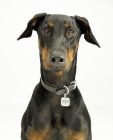
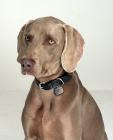
If you like Rough Collies, you may like other breeds with similar characteristics »
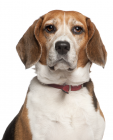
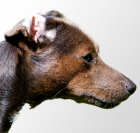
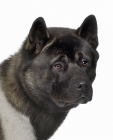
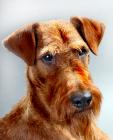

If you like Rough Collies, you may be interested in these other pastoral dogs »

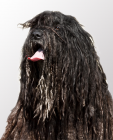
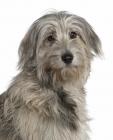
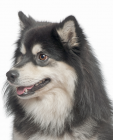

Advice on choosing your breed »
Find an animal shelter or rescue home where a Rough Collie is waiting for a new home »
The following grid gives a fast track review which covers all breeds. You can apply it to help you decide if a Rough Collie is suitable for you, the environment where you live, your personality and your lifestyle. On the grid, 1= strongly disagree, and 5= strongly agree. For example, if you are looking for a friendly dog, look down the list under Sociability, and you will see that Rough Collies are good with both other dogs and animals, scoring 5.. You might like to save or print off this section and keep it for reference while you check some other breeds before making your final choice
Be the first to rate this breed »
|
*PLEASE NOTE: All our breed profiles are general, and all dogs are individuals. Always talk to the breeders and meet the owners you are buying from. Try to meet the dog and its parents if it is a puppy in their home environment.








